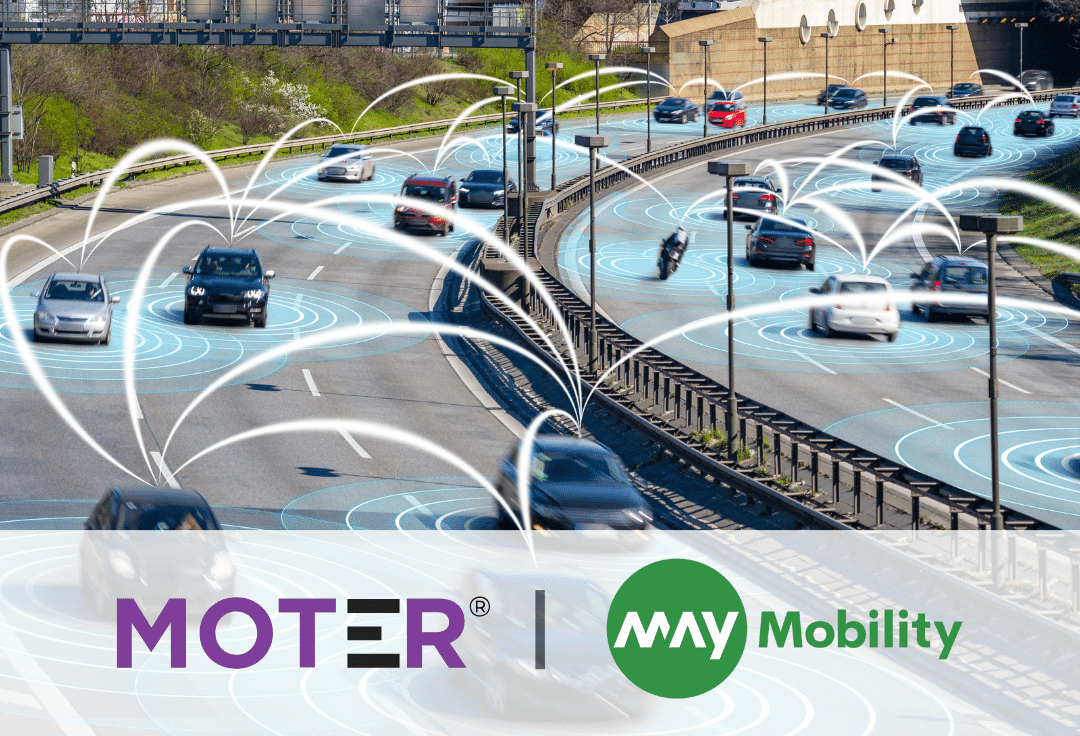Tech-driven insurance agency Aioi Nissay Dowa Insurance Services USA (AIS) knows that connected vehicles are the next frontier for the automotive industry. As modern vehicles collect more data, companies like AIS see an opportunity to more efficiently process that data to improve services and even save costs for safe drivers. AIS sought to collect data from vehicles and other telematics devices and process that data on a single service. From there, the company could use the data to analyze a driver’s risk for insurance purposes.
Knowing that on-premises tech infrastructure wouldn’t offer the flexibility and scalability needed for such a project, AIS ultimately turned to Amazon Web Services (AWS), using services such as Amazon Athena—an interactive query service that makes it easy to analyze data in Amazon Simple Storage Service (Amazon S3) using standard structured query language—to boost productivity and cut costs.
Finding a Way to Process Vast Amounts of Data
A subsidiary of Aioi Nissay Dowa Insurance Co., Ltd., a member of MS&AD Insurance Group Holdings—a major worldwide insurance organization with close ties to the Toyota Group, offering Toyota insurance in 37 countries—AIS is a full-service “insurtech” insurance agency that develops data science–based products and services for the transportation industry. As vehicles produce more and more data, or telematics, using sensors, phones, cameras, and other devices, AIS sought to make this data more useful for insurance purposes. The company created Mobility on the Edge in Real-Time (MOTER), its own edge compute software that uses vehicle telematics and computer vision to analyze driver risk and evaluate insurance risk and safety. AIS had already put considerable effort toward building up its vehicle data infrastructure, including working with component makers to create hardware to collect data. But on the software side, AIS needed an efficient means of processing the data and evaluating driver behavior.
The company’s data-processing pipeline begins with vehicles producing various types and amounts of data that are transmitted to AIS’s data engineering and data science group. This team then looks for predictive risk features in the data, such as hard braking and risky driving events, including stop sign violations and tailgating. AIS uses this information to identify good drivers and to promote safe driving.
AIS knew that processing telematics data points for numerous vehicles would be too costly to do on premises and would lack the necessary support. AIS already had a legacy cloud infrastructure, but it was costly, so the company decided to rearchitect its cloud infrastructure on AWS and began the process in 2019. “There’s a mixture of good features that we like on AWS,” says Michael Fischer, chief of innovation at AIS. “It provides broad support that’s well known in the industry and well documented.”

Previously, it was difficult to scale cost effectively while delivering the promised insights from telematics data. So we turned to the elasticity of a serverless architecture and used Amazon Athena as one of our processing methods.”
Michael Fischer
Chief of Innovation, Aioi Nissay Dowa Insurance Services USA
Boosting Productivity and Reducing Costs through Managed Services
Among the AWS services that AIS found helpful was Amazon Athena. “Previously, it was difficult to scale cost effectively while delivering the promised insights from telematics data,” says Fischer. “So we turned to the elasticity of a serverless architecture and used Amazon Athena as one of our processing methods.” AIS was able to optimize its path for data processing and significantly reduce costs by using Amazon EMR, the industry-leading cloud big data platform for processing vast amounts of data.
The AIS team notes that the use of managed services from AWS has also boosted productivity. For example, data scientists and engineers can spin up Amazon SageMaker with Ground Truth, a fully managed data labeling service that makes it easy to build highly accurate training datasets for machine learning. AIS is using Amazon SageMaker Ground Truth to develop a means of processing video annotations at scale. Team members can also tap into Amazon EMR or Amazon Elastic Compute Cloud (Amazon EC2), a web service that provides secure, resizable compute capacity in the cloud, as they see the need. “That has increased productivity significantly,” says Fischer, “because otherwise you’re just waiting for your information technology department to give team members resources—and we’re all bottlenecked. AWS really does solve a lot of the problems by keeping track of data, getting resources to developers, and flexibly adjusting task processes.”
All this makes it easier for AIS to rethink the way it delivers insurance services to customers. Instead of relying on tickets or accidents to adjust insurance rates or policies, AIS can use telematics to determine how safe certain drivers are and can adjust insurance costs accordingly. “The key part is that driver behavior and safety improve when we give good incentives for good driving behavior,” says Fischer. “By using AWS services to process data and derive insights regarding who’s driving safely versus not, we can incentivize people to drive better on average.”
Using Data in New Ways on the Road Ahead
AIS also sees many potential use cases for processing telematics. In the medium term, AIS sees an opportunity to work with hardware manufacturers to create aftermarket products that can capture more telematics on existing cars with MOTER. From there, AIS anticipates such data-collection products and technologies will be incorporated into the next generation of vehicles. The company is also developing a way to use vehicle data from car-sharing services to promote safer driving.
As AIS looks to the future, it views AWS as a critical part of its development pipeline. “AWS is always looking toward something better,” says Fischer. “And we appreciate that because it helps us make better tools, processes, and software to boost profits for the people we work with.”








